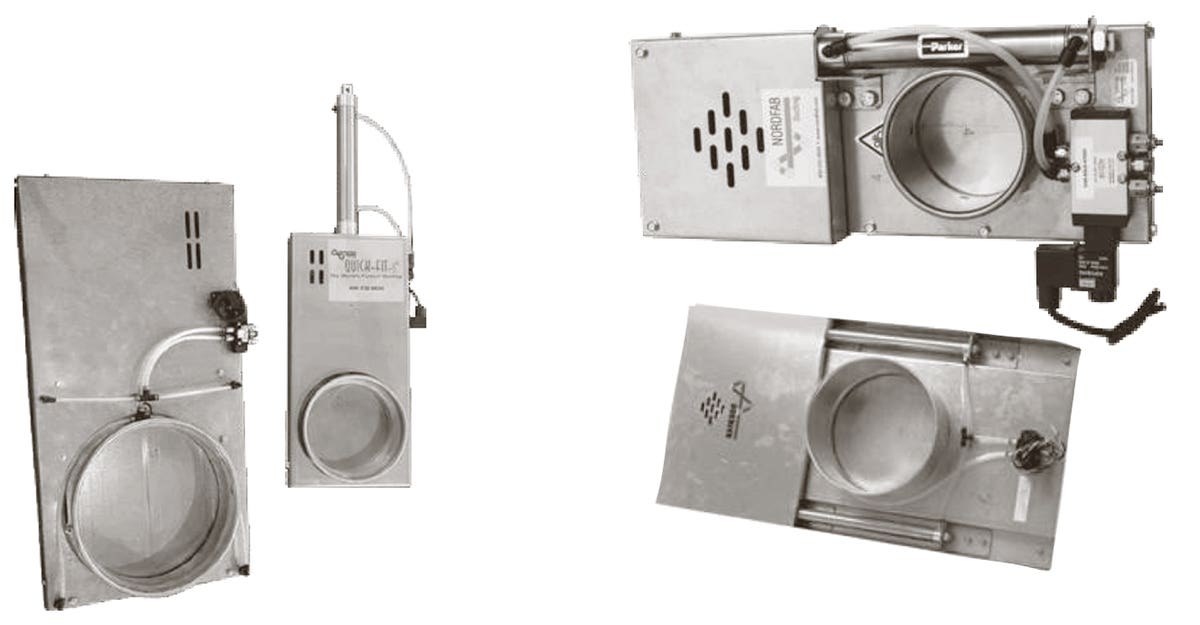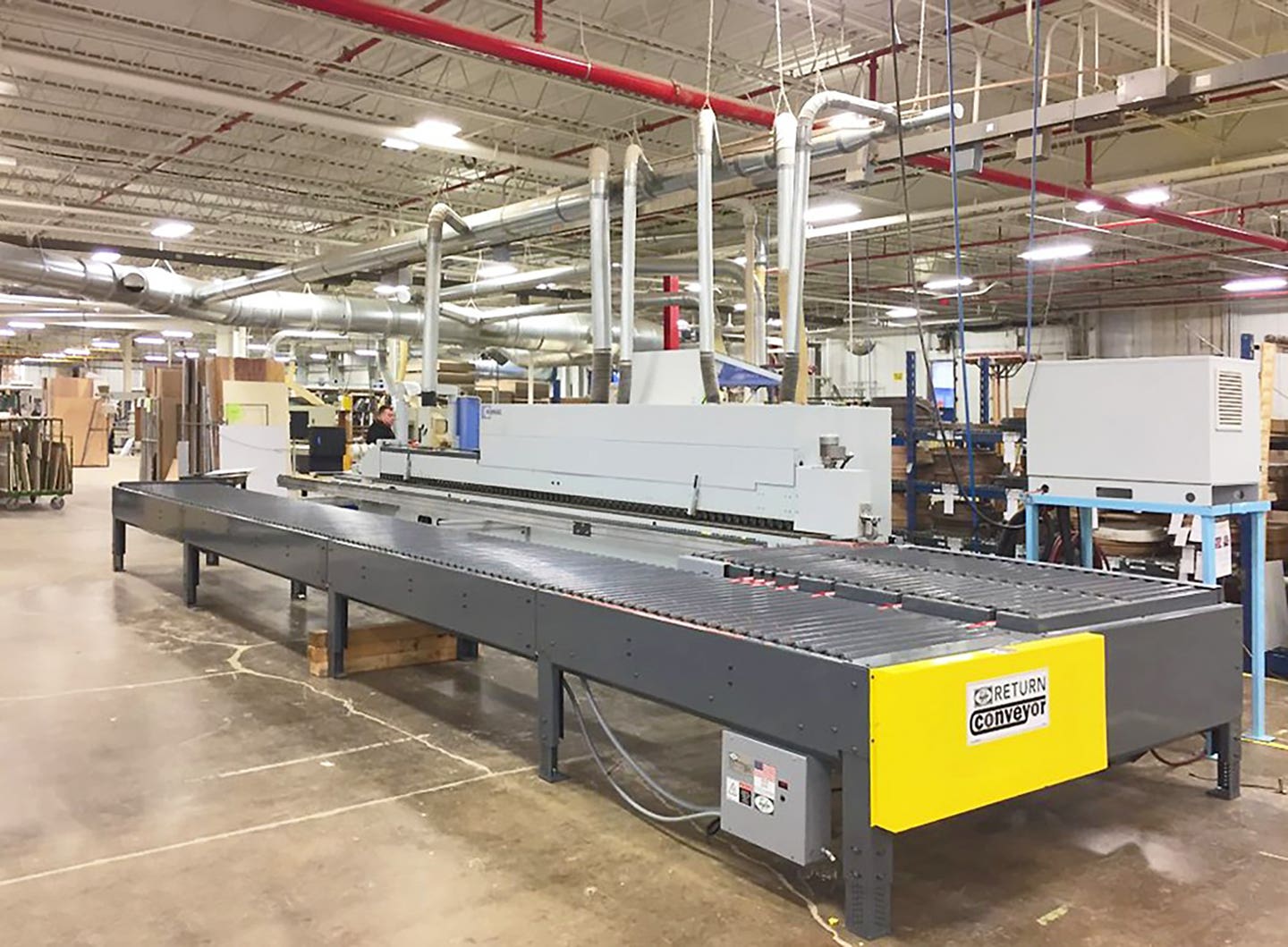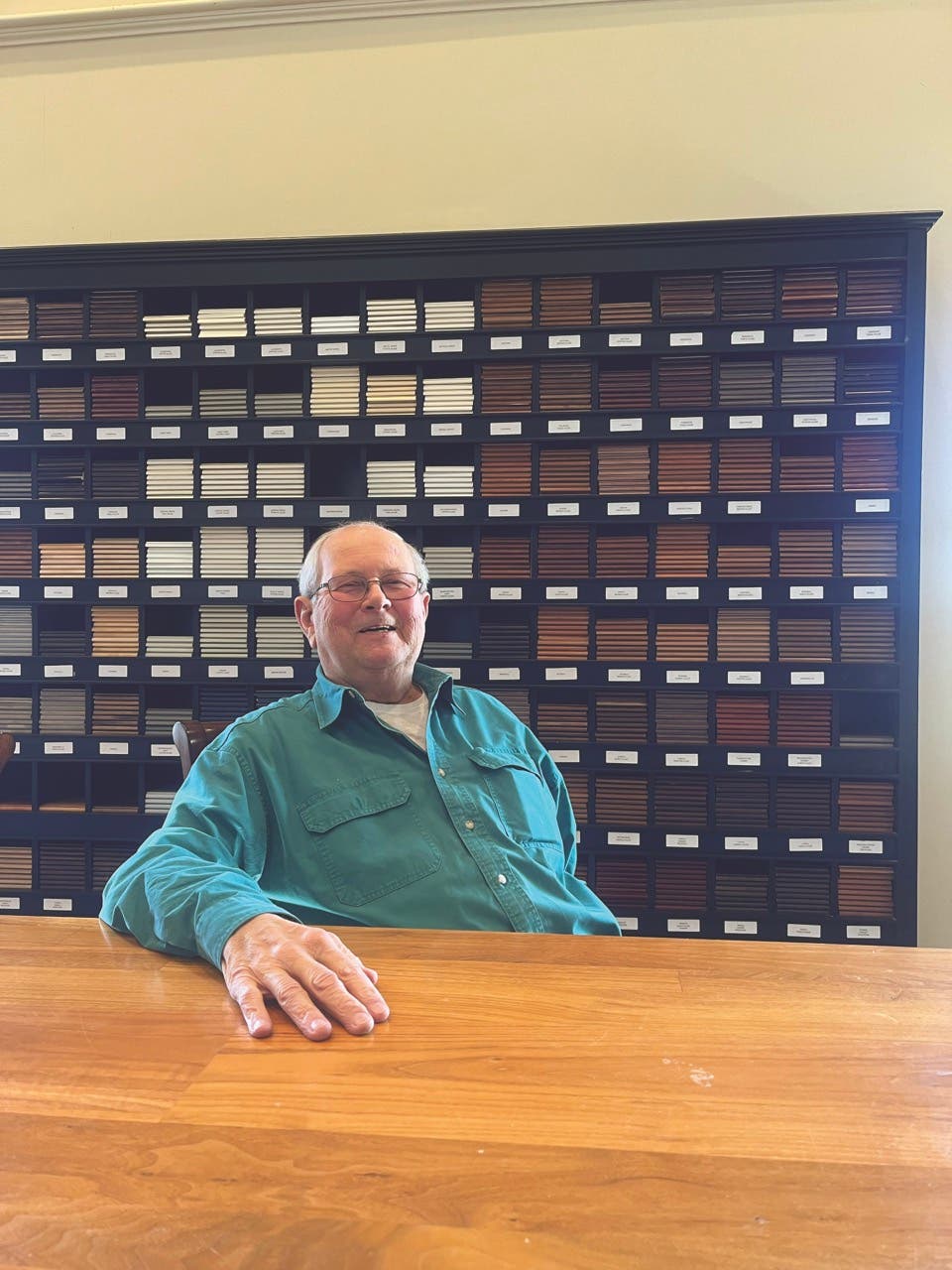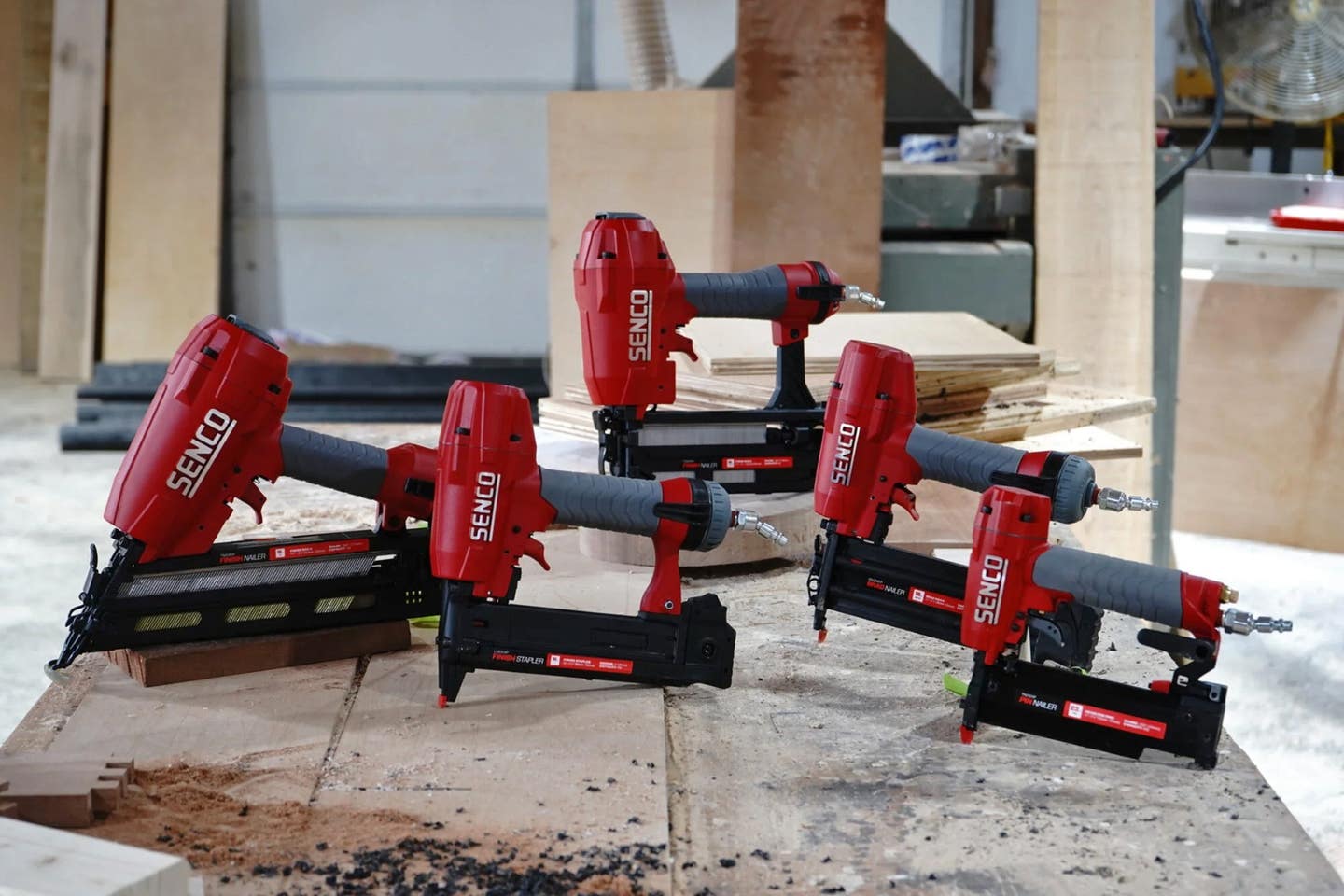Grand design
After teaming up in 2001, Todd McIntosh and Jon Tuttle recognized pretty quickly that their client base should focus on architects, designers and builders. Dealing directly with homeowners wasn’t going…
After teaming up in 2001, Todd McIntosh and Jon Tuttle recognized pretty quickly that their client base should focus on architects, designers and builders. Dealing directly with homeowners wasn’t going to generate enough business.
“We realized if we were going to be at all successful, that it was too time-consuming to be dealing customer by customer,” says McIntosh. “Marketing to builders was so much more efficient because you could go from job to job with them, and with three or four good relationships, you could keep busy all the time,” says McIntosh.
From the start, the goal of McIntosh & Tuttle Cabinetmakers in Lewiston, Maine, was to serve the high-end residential market through New England, but particularly the Boston area. “Initially we started out doing very small projects in the local area. We finally got our break with a connection in the Greater Boston area and grew from there,” says McIntosh, a graduate of the University of Maine who had previously operated restoration, cabinet, and furniture shops in both New Gloucester and Portland, Maine. Tuttle, who attended Bates College and the Portland School of Art, learned furniture making while living on a Navajo Indian reservation in Arizona.
Location and manpower
The shop occupies about 9,000 sq. ft. in the Hill Mill, a textile mill built during the 1850s. There are eight employees and a subcontracted installation crew. “We’re well-equipped in that we have good experienced employees,” says McIntosh. “We don’t have any CNC equipment because we don’t get the kind of work that’s required for that. Our products are all very unique from one client to the next.” The shop floor features a Casolin Astra SE 400 sliding saw and PF400 15” jointer, SAC T120 shaper, SAC’s Prima 36” belt sander and SCMI S52 20” planer.
The owners say the low employee turnover rate is because of the laid-back atmosphere they provide. Jazz music plays regularly in the background and shop dogs are welcome. A fresh snowfall is reason enough for an afternoon off on the nearby ski slopes.
Sources of work
Once McIntosh and Tuttle had successfully developed their relationships with architects, designers and builders in the Greater Boston area, they kept their focus solely on that market.
“We had all of our eggs in one basket because we had so much high-end residential work to keep us busy. Our focus continues to be with contractors and we do have marketing materials, but our work is mostly obtained through word-of-mouth,” says McIntosh.
Only a small percentage of jobs are arranged directly through homeowners, and usually only for repeat customers. The company rarely does any commercial work. Though a majority of work goes to Boston and its suburbs, the company has taken on jobs in recent years in New York and Philadelphia. The homes they provide custom cabinetry and casework for are typically valued at $5 to $6 million and range in size from 12,000 to 20,000 sq. ft.
The owners are grateful to have such an abundance of high-end work available to them, because it not only pays the overhead, but enables them to design freely as artists. A few years ago, however, they realized the drawback of working on large projects was that they were only engaged with one segment of each project. They thought of a creative remedy to be more fully involved. It entailed networking and collaborating with area shops. Now they approach project bids with these other companies under their wing, which gives them more control and increases their chances of acceptance.
“After we’d been in business for a few years, we realized that in order to increase gross sales there were limitations to what this shop could do with the number of people that we have. So, because we’ve been in this area a long time and know all of the other shops, we tried to surround ourselves with a group of craftspeople that we can sub stuff out to if we need to. It’s a two-way street. They give us work, too.”
“This has allowed us to offer contractors whole home packages. We provide the cabinetry but if, for example, a trim package is required, we can arrange that with a millwork shop we work with. It’s a great way for us to increase our gross sales with minimal risk,” says McIntosh.
Designing ways
The company offers a complete design service. Regardless of the challenge presented, it will find a way produce whatever a client wants — one way or another. It does so by remaining in close connection with the clients throughout the design process and keeping them involved through completion.
“Too many competing designers build what they want and not what their clients want. We take great pride in being good listeners. Through detailed research, attention to scale and proportions, and by respectfully listening to a client’s likes and dislikes, we are able to create a reflection of their personalities.
“I was told by an architect once that the reason he recommends us is because we’re really good with really difficult clients. I think part of it is our demeanor. We listen and we’re not afraid. We’re patient, we’re not high-pressured,” says McIntosh.
Designs are created with a combination of computer design software, hand drawings and sketches, and foam core models. The process usually consists of an initial client meeting followed by a design proposal that includes an estimated cost. Works starts after approval.
Tuttle has the task of turning an architect’s drawing into reality, which is sometimes easier said than done. “At the level we’re at, working with these huge houses, the architects are expected to be cabinetmakers and draw the way something can be built, and we’re expected to be architects, which can be a little frustrating when we run into a conflict. We sometimes have to offer solutions to change the designs. Some architects are open to this, but others are not. It’s important the architects understand woodworking and where we’re coming from.”
A mix of styles
McIntosh says style and design preferences fluctuate from client to client and are usually influenced by geographic location.
“Boston clients generally tend to prefer traditional designs. New York clients are more versatile. They may want a steeply traditional look with elaborate corbels and columns, or the other extreme, which is the Italian style. It’s cold, sterile, but very contemporary.”
“We’ve worked really hard not to pigeonhole, not to get known for any one style. We’re really about thinking out of the box. Historically, we’ve taken on projects that other shops have shied away from because of the unknowns or something they didn’t want to deal with. So because of that, we’ve really had some neat projects.” They include the inside of a Jack Daniels marketing tour bus and a kitchen with 10’ cabinets, dyed green, and stainless-steel countertops. Curved work is common in the shop, as is the use of materials other than wood, such as aluminum, granite, soapstone and brass.
The shop works primarily with domestic hardwoods. “Lately, walnut has become more popular, but prior to that everything was either cherry or painted,” says McIntosh. “We can see walnut, oak and paint all in one job because some are so large there are many different layers to them. They go through designers and architects and, by the time they get to us, it’s already defined. We can share some input on what would look good on smaller jobs, but not the larger ones.”
Business aspirations
The owners are currently focused on offering mid-range custom kitchens, a niche they’ve been trying to fill for a number of years. These will sell for $30,000 to $40,000. The plan is to offer a product that is a hybrid of custom and stock cabinetry.
“This is currently the type of work that we’re turning away,” says McIntosh. “Doing this would not only get us more work, but it would get us more work closer to home. We would be able to cater to larger clientele — the lower budget group. If it launches and is successful, then we will hopefully branch out and add employees. It’s not that far down the road. We just need a little more knowledge, but we’re almost there. It’s right around the corner.”
The shop is enjoying a solid three-month backlog. Its annual gross has hovered around $800,000 since 2009, a significant dip from the $1.2 million in 2007. But the owners aren’t complaining, having seen too many smaller shops in the area go out of business.
“I think we’re all working a little harder and a little longer for a little less. Three years ago, things dropped off everywhere. We just keep moving forward and make it happen. The biggest challenge is trying to keep it on an even keel,” says McIntosh.
Contact: McIntosh & Tuttle Cabinetmakers, 41 Chestnut St., Lewiston, ME 04240. Tel: 207-777-1395. www.mcintoshandtuttle.com
This article originally appeared in the March 2012 issue.







